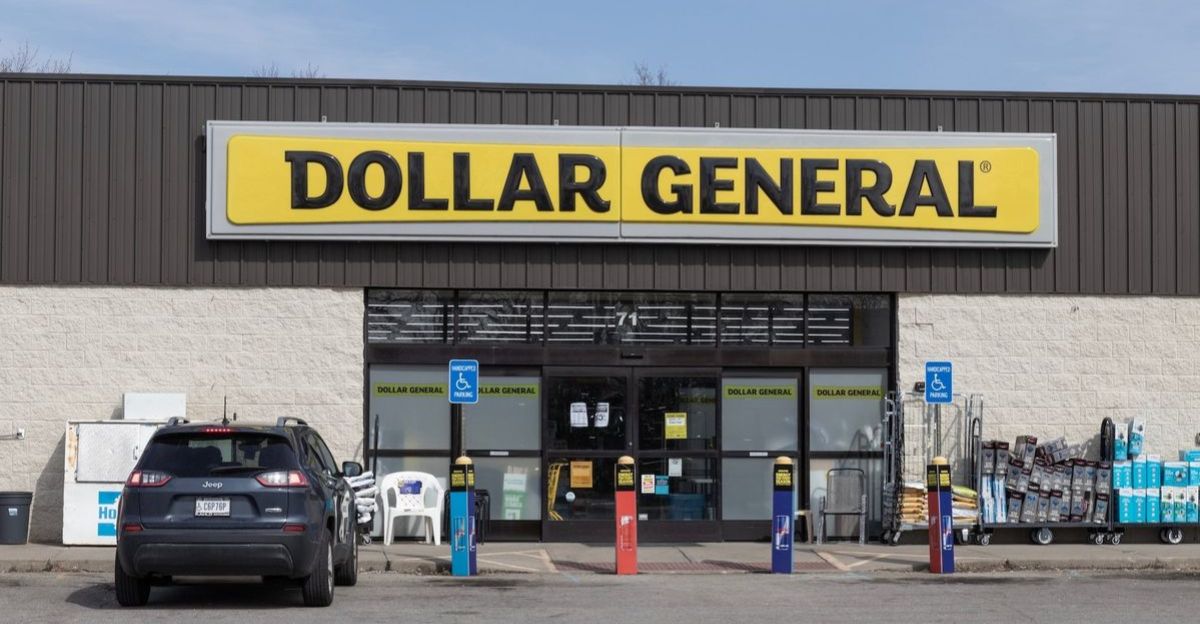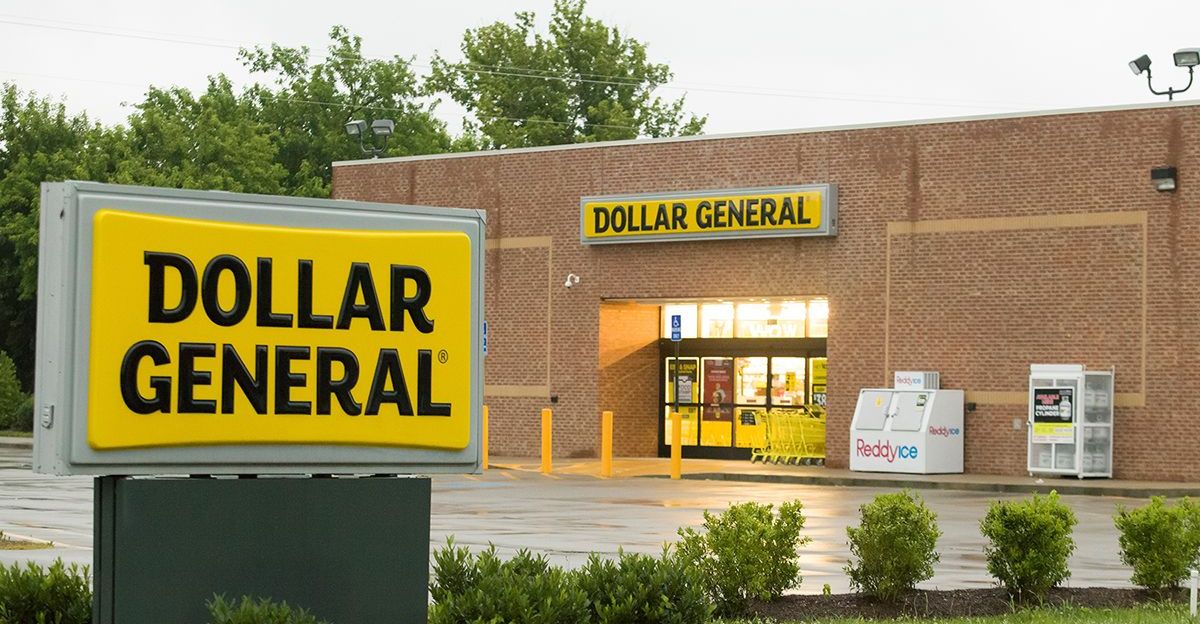
A wave of frustration swept through Ohio communities in late 2022 as shoppers at Dollar General stores discovered a troubling pattern: prices at the register often exceeded those displayed on store shelves. This widespread discrepancy triggered a major investigation and ultimately led to a $1 million settlement between Dollar General and the state of Ohio, spotlighting the challenges of pricing accuracy in discount retail.
Allegations of Systematic Overcharging
The controversy began when Ohio Attorney General Dave Yost received a series of complaints from consumers across multiple counties. Shoppers reported that everyday items—such as shampoo and canned goods—were ringing up at higher prices than those advertised on shelves. In response, the Butler County Auditor’s Department of Weights and Measures conducted a series of inspections in October 2022, testing 20 Dollar General locations. The results were stark: error rates ranged from 16.7% to a staggering 88.2%, far surpassing Ohio’s legal threshold of 2% for pricing mistakes.
Unlike traditional shoplifting, where losses are borne by retailers, these pricing errors meant customers were being overcharged, sometimes repeatedly. Investigators found that the discrepancies were not isolated incidents but appeared to be systemic, raising questions about the retailer’s internal controls and compliance with consumer protection laws. The Attorney General’s office received 12 complaints from customers across eight counties between March 2021 and August 2022, though even after the lawsuit was filed in November 2022, the office continued receiving complaints—receiving 116 additional complaints about pricing discrepancies from across the state.
How Pricing Errors Occurred

Audits and consumer complaints revealed several mechanisms behind the overcharges. Outdated shelf labels, unprogrammed promotional prices, and failures to update pricing systems all contributed to the problem. In some cases, store employees refused to honor the lower shelf price when customers pointed out discrepancies, further eroding trust.
One Franklin County shopper recounted purchasing shampoo marked at $1, only to be charged $2 at checkout. A Butler County inspection found pricing discrepancies ranging from 20 cents to several dollars per item. These findings suggested that operational challenges—particularly understaffing and inadequate training—were at the heart of the issue, as employees struggled to keep up with frequent price changes while managing other store duties.
Legal Action and Settlement Terms

In November 2022, Attorney General Yost filed a lawsuit in Butler County Common Pleas Court, alleging “unfair and deceptive acts and practices” and “bait advertising.” He sought civil penalties of $25,000 per violation, damages for affected shoppers, and court-ordered reforms. The case quickly grew in scope as additional complaints surfaced from counties including Cuyahoga, Franklin, Highland, Lucas, Madison, Richland, Summit, and Trumbull, indicating the problem was statewide. In January 2023, Yost sought a temporary restraining order against the retailer to stop the practice.
By October 2023, Dollar General agreed to a $1 million settlement without admitting wrongdoing. According to court filings, Common Pleas Court Judge Michael Oster determined that settlement funds should be distributed to charitable organizations rather than individual customers, as “it would be nearly impossible to identify all or even most such consumers.”
Of the $1 million settlement, $750,000 was earmarked for food banks and hunger-relief organizations across Ohio’s 88 counties, with each county auditor selecting beneficiaries to receive funds for the purchase and distribution of food and personal-care items. The remaining $250,000 covered penalties and investigative costs.
Operational Requirements and Compliance Reforms
The settlement mandated significant operational changes to prevent future pricing errors. Under the court order, Dollar General must:
- Ensure adequate staffing to keep shelf tags accurate and up-to-date
- Honor shelf prices when discrepancies are found; if a customer points out that the register price exceeds the shelf price, checkout staff must adjust to match the lower shelf price
- Correct incorrect shelf tags within 24 hours of discovery
- Conduct random price checks every 45 days at the district manager level
- Require stores that receive three “failed” auditor reports within six months to complete a full-store price assessment checking every item in the store
- Educate all employees about pricing accuracy policies
- Post signage in all Ohio stores informing customers of their rights regarding pricing accuracy
Impact on Consumers and Communities
The pricing discrepancies hit Dollar General’s core customers—often low-income families in rural and underserved areas—especially hard. For shoppers on tight budgets, even small overcharges can add up, straining household finances during periods of inflation. Some customers only discovered the errors after reviewing receipts at home, while others faced resistance from store staff when seeking corrections.
Franklin County Auditor Michael Stinziano required some Dollar General stores in the county to post stickers on their registers warning that prices may ring up incorrectly and urging customers to verify advertised prices against what they were actually charged. The Ohio Attorney General’s office urged consumers to carefully check receipts, document discrepancies, and report persistent issues to state authorities. Auditors also recommended using credit cards for purchases, as electronic records can help resolve disputes over pricing errors.
Broader Industry and Regulatory Implications

Dollar General’s settlement marked one of the largest retail pricing enforcement actions in Ohio’s history and set a precedent for similar cases nationwide. Shortly after the Dollar General case, Ohio filed a similar lawsuit against Family Dollar, alleging comparable pricing practices. Dollar General operates more than 19,000 stores across the U.S. and Mexico, with approximately 980 stores in Ohio.
The settlement’s operational requirements—such as mandatory staff training, regular price audits, and clear consumer notification—may serve as a template for future regulatory actions. The case also reflected broader industry concerns: Wisconsin conducted price verification inspections at 238 Dollar General stores between January and February 2023, finding that 662 items scanned at a higher price than posted, resulting in a settlement where Dollar General paid $850,006.11 and agreed to conduct internal price accuracy checks at every Wisconsin store at least once every 45 days.
County auditors in Ohio continue to conduct routine inspections, and stores must now post signage informing customers of their rights regarding pricing accuracy.
Looking Ahead

While the $1 million settlement represents a modest financial penalty for a company with annual sales exceeding $37 billion, the reputational impact and required operational reforms are significant. Dollar General’s experience underscores the importance of pricing transparency and regulatory oversight in protecting consumers, particularly those most vulnerable to small but frequent overcharges. Attorney General Yost emphasized this point in his original statement: “Everything we buy these days costs more—Ohioans can ill-afford businesses that draw people in with the promise of low prices only to deceive them at the checkout counter. This seems like a company trying to make an extra buck and hoping no one will notice.”
As enforcement continues and other states consider similar actions, the case serves as a warning to retailers nationwide: accuracy at the register is not optional, and consumer trust is always at stake.


